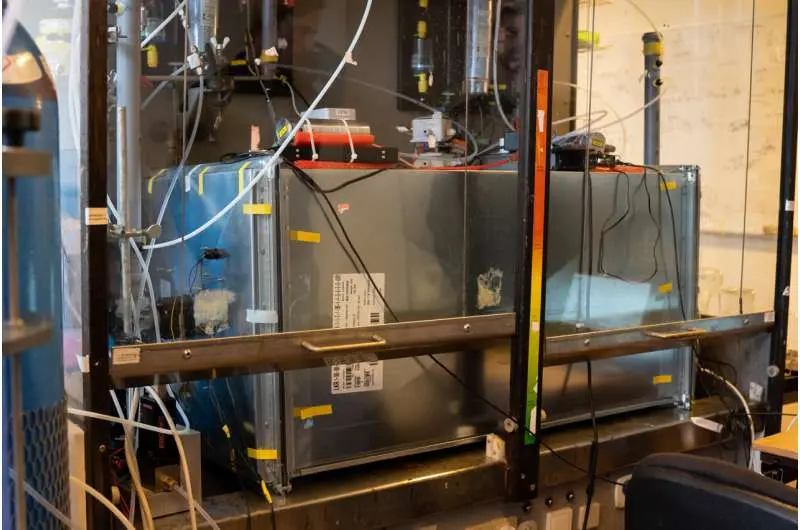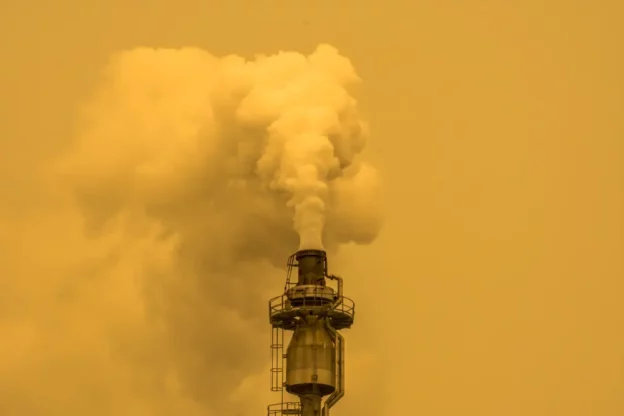Scientists at the University of Copenhagen used light and chlorine to eradicate methane gas present in the air at low concentrations. This advance brings us closer to the possibility of eliminating greenhouse gases from livestock facilities, biogas production facilities and wastewater treatment plants, thus contributing to climate benefit. The results of this research have been published in the journal Environmental Research Letters .
The Intergovernmental Panel on Climate Change (IPCC) has identified that reducing methane emissions will have an immediate impact on mitigating rising global temperatures. This gas, which is up to 85 times more potent as a greenhouse gas than CO 2 , comes mostly from human sources, with livestock and fossil fuel production being the main responsible for more than 50% of these emissions.
An innovative method developed by a research team from the Department of Chemistry at the University of Copenhagen, in collaboration with the spin-off company Ambient Carbon, has managed to remove methane from the air, thus representing a significant advance in the fight against climate change.
“A large portion of our methane emissions come from millions of low-concentration point sources, such as cattle and pig barns. In practice, it has been impossible to concentrate methane from these sources to higher levels or remove it. But our new result shows that it is possible to use the reaction chamber we built” says Matthew Stanley Johnson, a professor of atmospheric chemistry at UCPH who led the study.
Previously, Johnson shared the research findings during COP 28 in Dubai via an online call. In addition, he presented the results in Washington DC, specifically at the National Academy of Sciences, an entity that provides scientific and technological advice to the United States government.
Reactor cleans the air from methane gas
If the concentration of methane in the air exceeds 4%, it is possible to burn it. However, most anthropogenic emissions are less than 0.1%, making them non-combustible. In an effort to eliminate methane from the air, researchers created a reaction chamber inside which a chain reaction of chemical compounds is generated that significantly accelerates the natural degradation process of methane gas, thus breaking it down and reducing its presence in the air. air.

“In the scientific study we showed that our reaction chamber can remove 58% of methane from the air. And since we presented the study, we have improved our results in the laboratory so that the reaction chamber is now at 88%” says Matthew Stanley Johnson.
The discovery focuses on the use of chlorine as a fundamental element. By using chlorine and light energy, researchers are able to remove methane gas from the air considerably more efficiently compared to the atmospheric process, which typically takes 10 to 12 years.
“Methane decays at a snail’s pace because the gas doesn’t react very well with other things in the atmosphere. However, we discovered that with the help of light and chlorine we can trigger a reaction and decompose methane about 100 million times faster than in nature.” Johnson explains.
Don’t miss any of our posts and follow us on social media!
Inspenet.com YouTube LinkedIn Facebook Instagram
Source: antennapoliticabr.com.br

